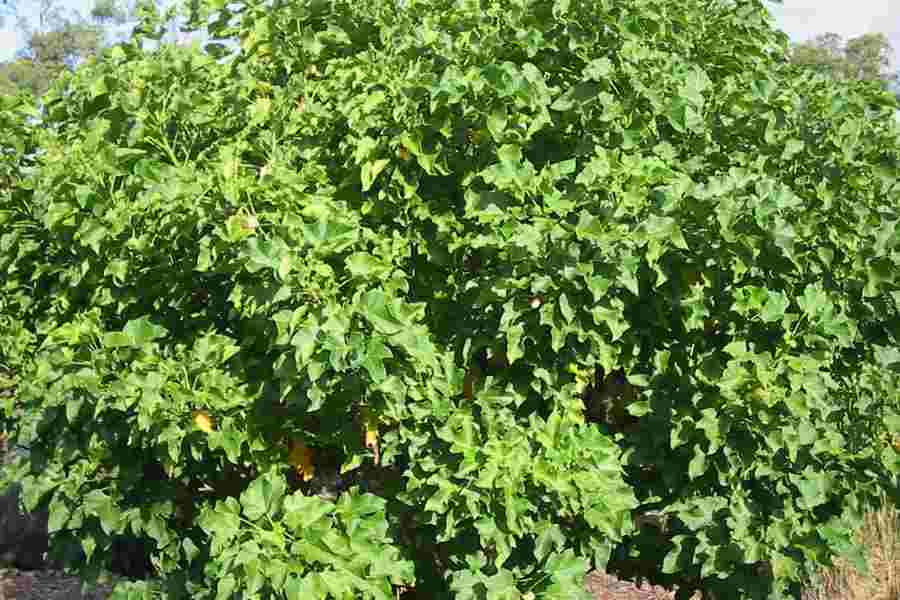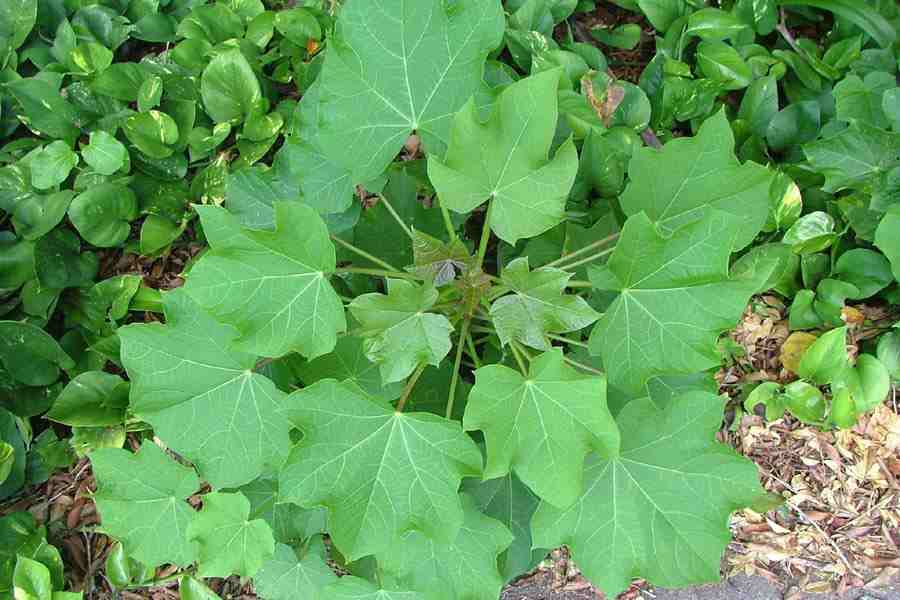
Mission NewEnergy Ltd
FollowOverview
-
Sectors Telecommunications
-
Posted Jobs 0
-
Viewed 20
Company Description
Ex Vitro Method for Promoting Jatropha Commercially And Humanely Beneficial
Jatropha is among the unusual plants, which has lots of beneficial ingredients, useful to humanity. This plant consists of 25 to 35 percent oil and can be used to produce bio-fuel crop, a means to sustain nature’s greenery.
In the current times, developments in the field of agriculture in the kind of ex-vitro plant proliferation have actually shown useful to the male kind. Since, Jatropha has actually been discovered beneficial; agriculturists are embracing ex-vitro for jatropha.
In addition to being utilized as a biodiesel, can likewise be used to produce great quality paper, cosmetics, toothpaste, balm ointments, and cough medicines.

Jatropha plant, to be grown naturally, had many drawbacks. To start with the propagation and transportation of the seedlings of Jatropha was pricey and time-consuming. The soil in which it grows is low in performance triggering the plant to decay and have diseases and last but not the least, the jatropha curcas plant takes considerable time to adjust itself, to the brand-new environment.

Observing all these obstacles, the farming experts advocated ex-vitro for jatropha curcas proliferation. The ex-vitro of Jatropha dealt with, the obstacles dealt with earlier of planting it. The seedling procedure was made fast and economical. The cost of transportation was lessened as the seedlings were planted in the nearby location of the plantation. Mother plants were selected from the same area, which did not require the seedlings to adapt themselves, thus saving time.
The ex-vitro method embraced, in the plant proliferation scheme had root culturing, as its basis, where the shoots were grown outside the field in the glass vessels. The platelets grown, from this were immediately acclimatized in the green home. The seedlings were extremely heterogeneous in character and for this reason, high level of proliferation was possible.
The ex-vitro jatropha method showed to be affordable. Great care was taken to offer ecological and nutritional worth to the plant. Soon, after adopting ex-vitro for jatropha plant, the 2 months plantlets were all set to be planted in the field. Rooting was attained, in around three weeks. The governments, in numerous countries are taking initiatives to motivate the agricultural scientists to develop jatropha curcas plant propagation through ex-vitro and approach, which is cheaper and sustainable. There are numerous institutes, which train individuals about this method to increase production.
The institutes took part in ex-vitro jatropha methods of plant propagation took utmost care in nurturing, the plant by creating natural conditions. For instance, jatropha grows in well drained soil and is drought resistant. The ex-vitro method also, increased the level of seedlings, which were devoid of bug and disease. This strategy of ex-vitro of jatropha proved easy and economical and the seedlings were close to their parent, hence, avoiding complications.
There are certain aspects that can affect the ex-vitro growth, in jatropha plants. They are factors like sunlight, humidity, nature of soil and other weather conditions. Hence, care has to be taken to change, these elements to suit ex-vitro.
